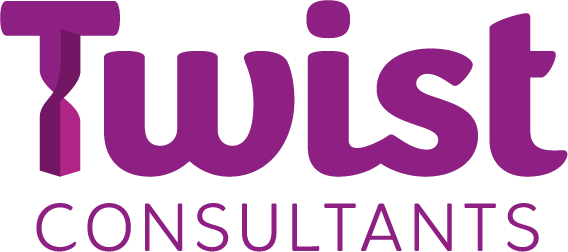I’ve recently started taking up more volunteering opportunities and specifically with a UK organisation, Form the Future, that connects employers with young people. It’s meant that I’ve been talking to school children around ages 9-11 about the work I do and how I got into it. This helps them get an insight into potential careers they may have never heard of.
Photo - Jo Twiselton
It’s been a brilliant reminder for me about how good communication can help to drive understanding and engagement and stand out for all the right reasons.
I’ve had to practice exactly what I preach with clients when we’re exploring communication in times of change and uncertainty. I’ve been thinking, testing and learning with groups who are not shy in letting you know when they don’t get it or you’re boring them.
Here are my top four takeaways from this experience so far:
Think about your audience – always. I was using words to describe my work – organisational consultant, coach – which the audience I was talking to, had no experience or idea of. When we describe something in only a few words (in my case, organisation consultant) we need to be ready to back it up with more explanation that makes sense to the person on the receiving end of that and in language they understand.
Plan – with your audience firmly in mind, be clear about what you want to communicate and the key messages you want them to take away. I decided that rather than focusing on the ‘what’ I do, I talked about the ‘how’. That meant exploring skills around listening, asking questions, making sense of things and writing that I use in my work. We tried some different types of questions and talked about what skills you might need to listen better.
Be sensibly different – don’t put ‘fun’ or ‘whacky’ ideas into your messaging or communication if it’s irrelevant or inappropriate to the context of the message. Just being very clear and straightforward in your messaging can set you apart and help people remember the key points.
Ask for feedback. I’ve had a few questions, children leaving the conversation mid-sentence and a lot of ‘thank yous’. It’s all been extremely valuable in helping me shape my approach for future sessions.
My final learning? The approach I’ve taken to engaging 9-11 year olds in understanding the work I do in organisational change, where much of my day is spent listening, asking questions and making sense of stuff, has not been hugely different to the work I do with leadership teams.
Is that a huge surprise?
If you’d like to explore how to communicate more clearly in times of change and uncertainty, I’d love to chat

